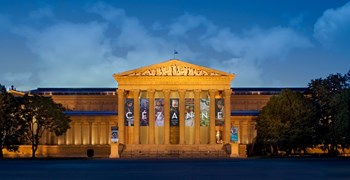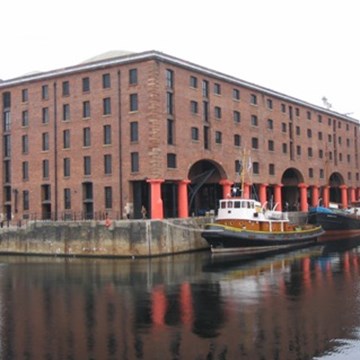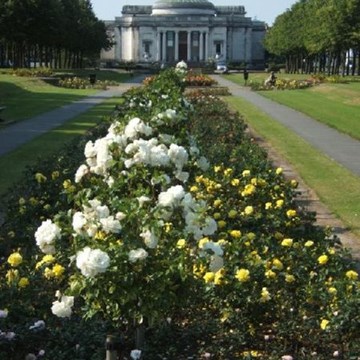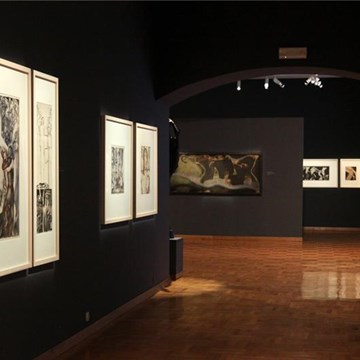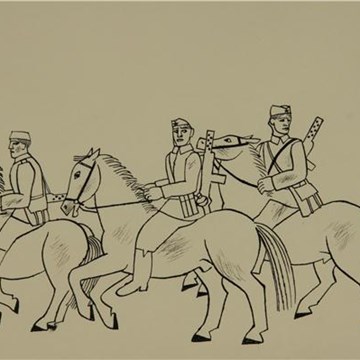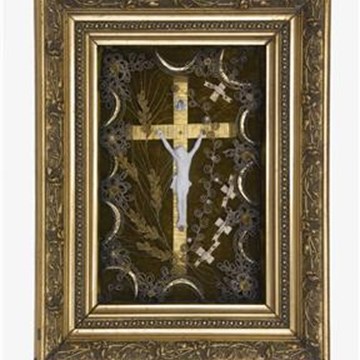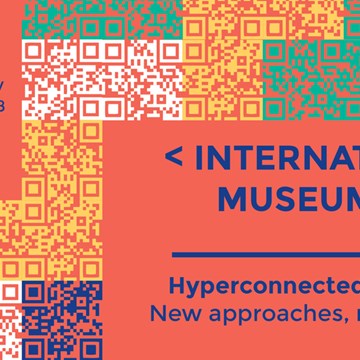Nathan Lerner: Photo-eye
Besides director László Moholy-Nagy, his mentor was another Hungarian, György Kepes, who taught him photography. It was following their guidance that Lerner mastered the language of “new vision”. He arrived at his invention, the so-called “light box”, through experiments conducted at the school. Its basic principle was the seemingly evident realization that the lens of the camera can function as an aid in perfecting the picture we form of the world. By cutting small holes into the side of a box made of black paper he was able to determine the path of light. His first abstract photographs were made with the help of this device. Lerner, working as Kepes' assistant from 1939 and independently as professor of the school from 1941, identified the style of his own work as “natural surrealism”.
From the beginning of the 1930s the eye as an instrument of vision became a recurring element in his art. The exhibition attempts to demonstrate the interest Lerner had throughout his body of work in this iconographic motif. The eye-motif, often recalling bizarre and enigmatic associations, appears in his pictures in the most varied and unexpected situations. The montages, which are frequently charged with the politics of the time, - made without scissors by enlarging several photos in one or through the manipulation of negatives - attest to insightful psychological awareness. Lerner's metaphoric straight photography examining the relation of people and the city and capturing carefully selected details of urban environment on the other hand suggest a natural and spontaneous outlook on the world.
His sensitivity towards the act of seeing is rooted in an art philosophy aimed at “eye training”. This sensory organ which played the greatest part in Lerner's perception of quality was of good service to him even in his last years. It was through Lerner that the work of Henry Darger - since become one of the best-known “outsider artists” - was discovered.
The show fits into the series of dossier exhibitions of the Collection of Art After 1800. The works presented were donated by the artist's widow, the Chicago-based pianist Kiyoko Lerner, to the Museum of Fine Arts' Photographic and Media Collection set up in 2010.
The curator of the exhibition: Márton Orosz
Photo: Nathan Lerner: Szem és húr II. 1939. Ezüstzselatin nagyítás. 69 x 104 mm. Ltsz: FM.2012.12
Exhibitions and events
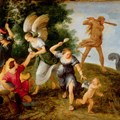
Old Master Paintings
Permanent exhibitionFrom our largest collection, the collection of Italian pictures, currently the Late Middle Ages, hallmarked by the works of Giotto and Duccio, as well as the Tuscan Early Renaissance, including the...
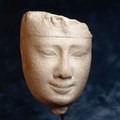
Egyptian Art
Permanent exhibitionThe permanent exhibition currently on view is third in the series of exhibitions that have provided visitors with an overview of the ancient culture of the Nile Valley, since the foundation of the...
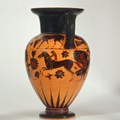
Classical Antiquities
Permanent exhibitionIt displays nearly a thousand works of art from Classical Antiquities in five halls, and presents such world-famous pieces as the Greek Figure of a Maiden, known everywhere as the "Budapest dancer",...
Activities from this museum
We don't have anything to show you here.
